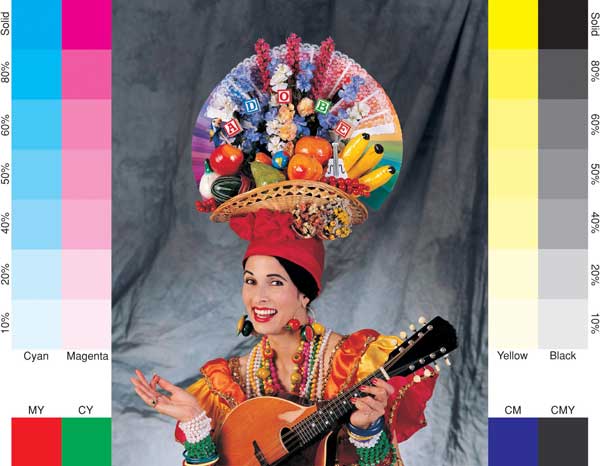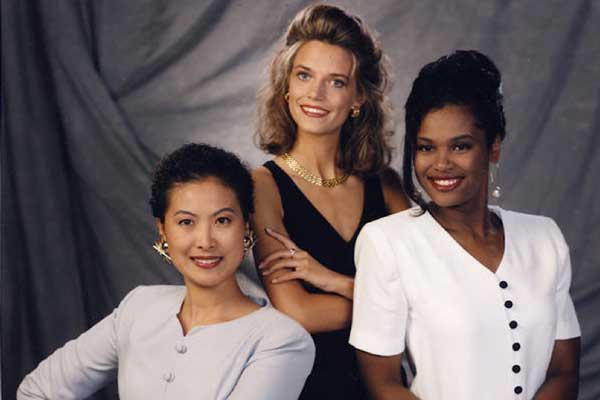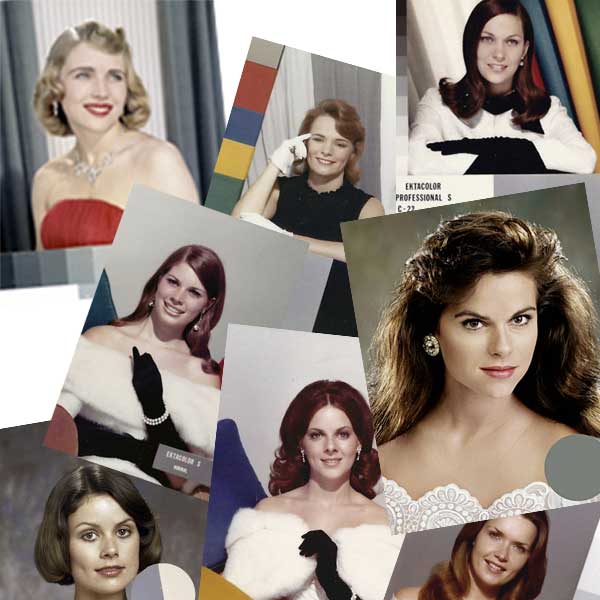Kris and I are starting to work on a new project, an update of our review of fabric on demand printing services. As I was contemplating what objects to use on the print test, I decided to look at our previous print test. And there it was, staring me in the face, while we talked about skin tones ranging from “very light peach to almost ebony,” our example was of a white girl.
The Photo
That got me thinking that I should use a “standard” color example for our skin tones. I remember in the early days of Photoshop, we had a “Carmen Miranda”-ish file we could use to test color. So off to the Internet I went. Where in the world is Carmen Miranda? I found her, but her skin tone was pretty light, dare I say white? There must be something better, I thought to myself. Back to the Internet.

The Shirley
Did you know that photo processors used to continuously adjust their developing machines so that skin tones came out correctly? Film companies developed sample cards for just this use. They were called “Shirley” cards, named after the original model. But do you know who Shirley really is?
That’s Shirley. That’s invisible racism. Why? Go back and look at the dark areas. Do you see any detail? The fingers on the gloves, or the detail in the dress, the variation in the shadows of dark hair? Then think about dark skin. The range of values wouldn’t be there.
It wasn’t until 1996 that Kodak came out with its multiracial Shirley card.

1996. Think about it. By 1996, I was already using a digital camera and printing my photos on a home printer.
The Solution
We’re going to try to be better allies this time. Our skin-toned image will be different. Black lives matter.
More Information
- How Kodak’s Shirley Cards Set Photography’s Skin-Tone Standard, by Mandalit del Barco
- Teaching the Camera to See My Skin, by Syreeta McFadden
- Looking at Shirley, the Ultimate Norm: Colour Balance, Image Technologies, and Cognitive Equity, by Lorna Roth


5 responses to “Shirley isn’t the Only Color”
I’m embarrassed that I never thought about this before! And to think that I used to work at a One-Hour Photo processing lab 🙁 But truth be told, I was never very good about color and which way to turn the dial when it was off. Yes, we’re thinking about it now and yes, we can strive to do better!
Embarrassed is exactly what I felt, Sally.
Wow!
What an enlightening (!?!) post!
Thank you for your candor, and for caring enough to try to do better going forward.